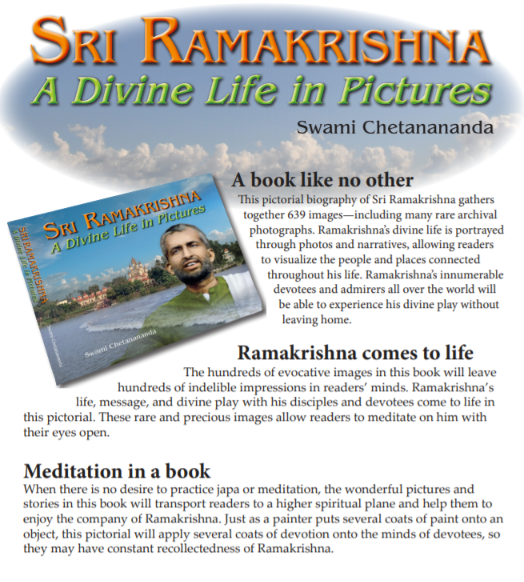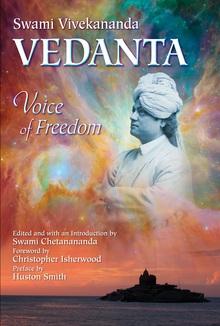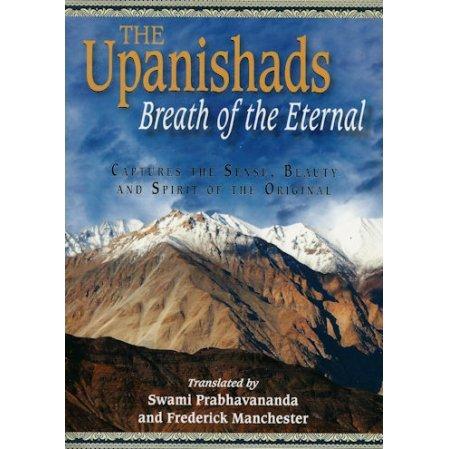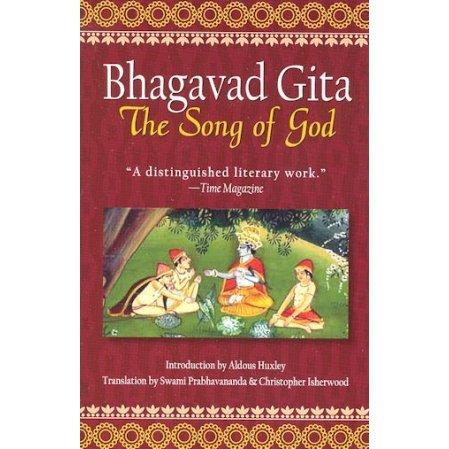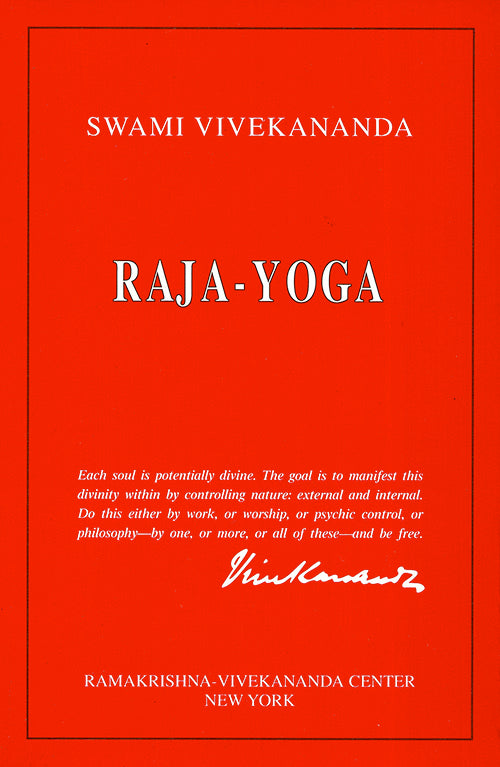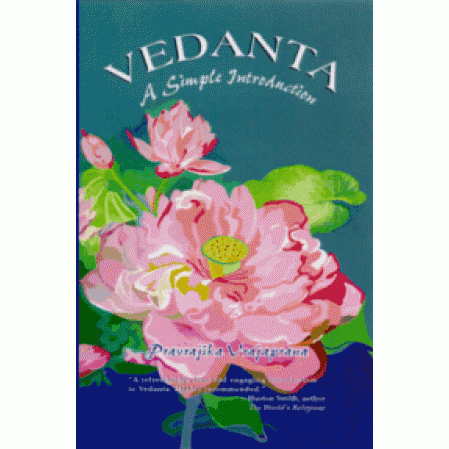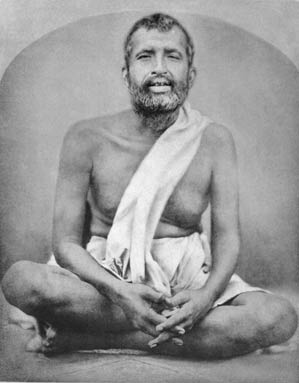Collection: All Books
-
Sri Ramakrishna: A Divine Life in Pictures
Regular price $39.95Regular priceUnit price / per -
Sri Ramakrishna and His Divine Play
Regular price $39.95Regular priceUnit price / per -
See God with Open Eyes: Meditation on Ramakrishna
Regular price $19.95Regular priceUnit price / per -
Vedanta - Voice of Freedom, Swami Vivekananda
Regular price $14.95Regular priceUnit price / per -
How to Live with God
Regular price $19.95Regular priceUnit price / per -
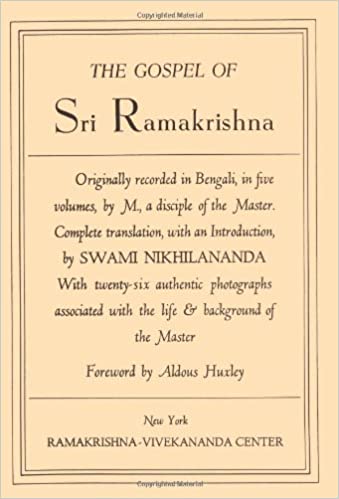 Sold out
Sold outThe Gospel of Sri Ramakrishna
Regular price $39.95Regular priceUnit price / per -
Ramakrishna as We Saw Him
Regular price $22.95Regular priceUnit price / per -
Vivekananda: East Meets West
Regular price $36.00Regular priceUnit price / per -
The Yoga Aphorisms of Patanjali translated by Swami Prabhavananda
Regular price $10.95Regular priceUnit price / per -
Upanishads: Breath of the Eternal
Regular price $12.95Regular priceUnit price / per -
Bhagavad Gita: The Song of God
Regular price $12.95Regular priceUnit price / per -
Spiritual Heritage of India
Regular price $12.95Regular priceUnit price / per -
Pictorial Ramayana For Children
Regular price $8.95Regular priceUnit price / per -
Kali, The Black Goddess of Dakshineswar
Regular price $22.95Regular priceUnit price / per -
Kali Mandir Calendar 2023
Regular price $25.95Regular priceUnit price / per -
Bhakti Yoga
Regular price $4.50Regular priceUnit price / per -
Karma Yoga
Regular price $4.50Regular priceUnit price / per -
Vedanta, A Simple Introduction
Regular price $6.95Regular priceUnit price / per -
Ramakrishna and His Disciples
Regular price $18.95Regular priceUnit price / per -
A Short Life of Sri Ramakrishna
Regular price $5.00Regular priceUnit price / per -
Sarada Devi for Children
Regular price $3.95Regular priceUnit price / per -
The Story of Ramakrishna -for Children
Regular price $5.00Regular priceUnit price / per -
Sri Sarada Devi: The Holy Mother
Regular price $8.95Regular priceUnit price / per

